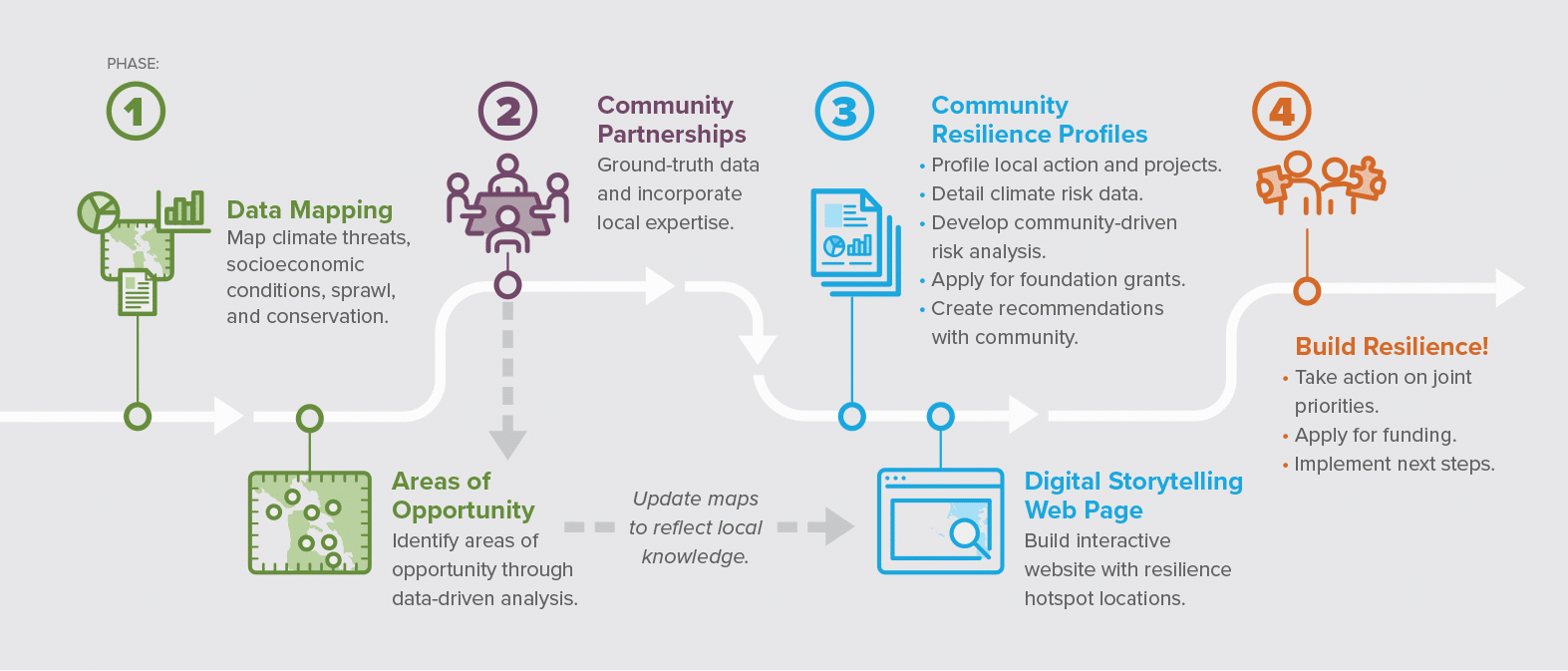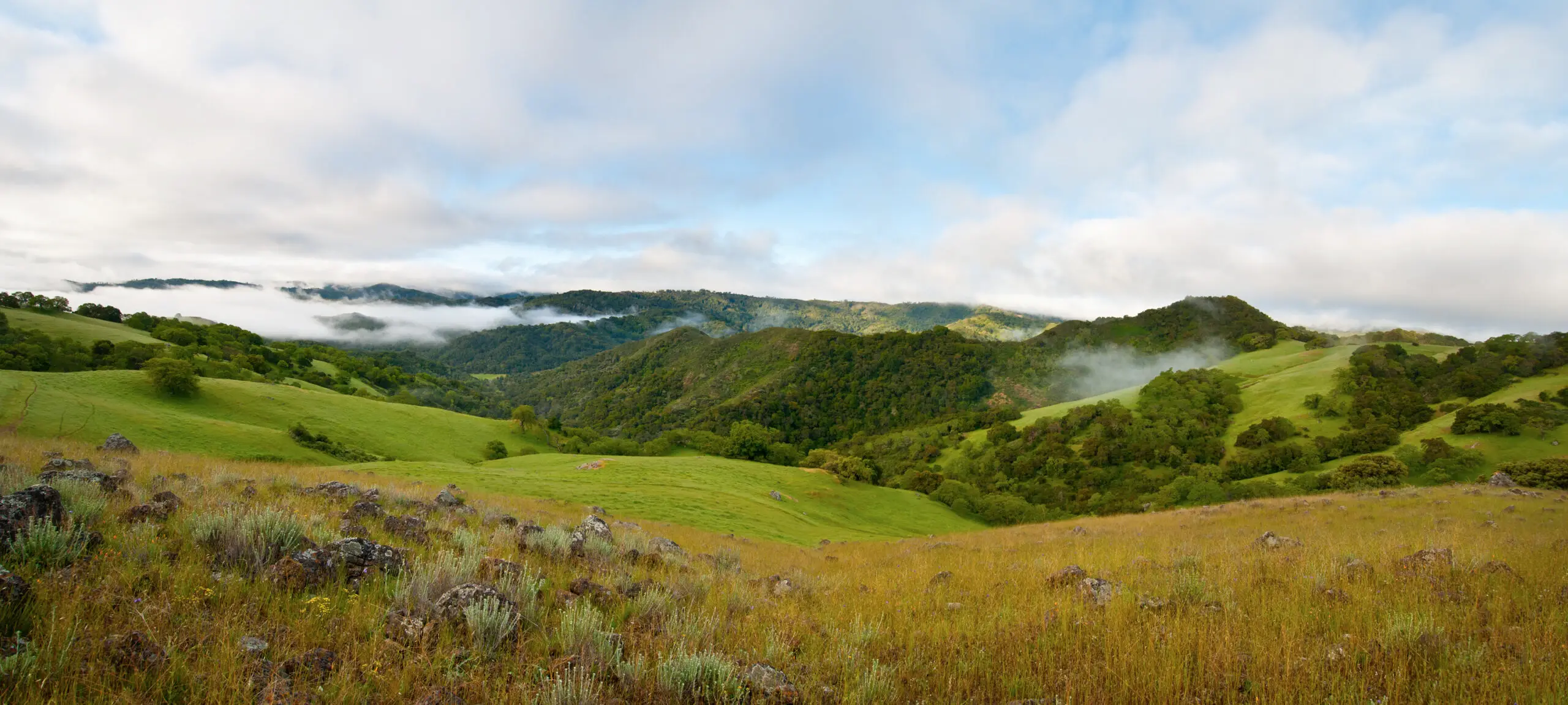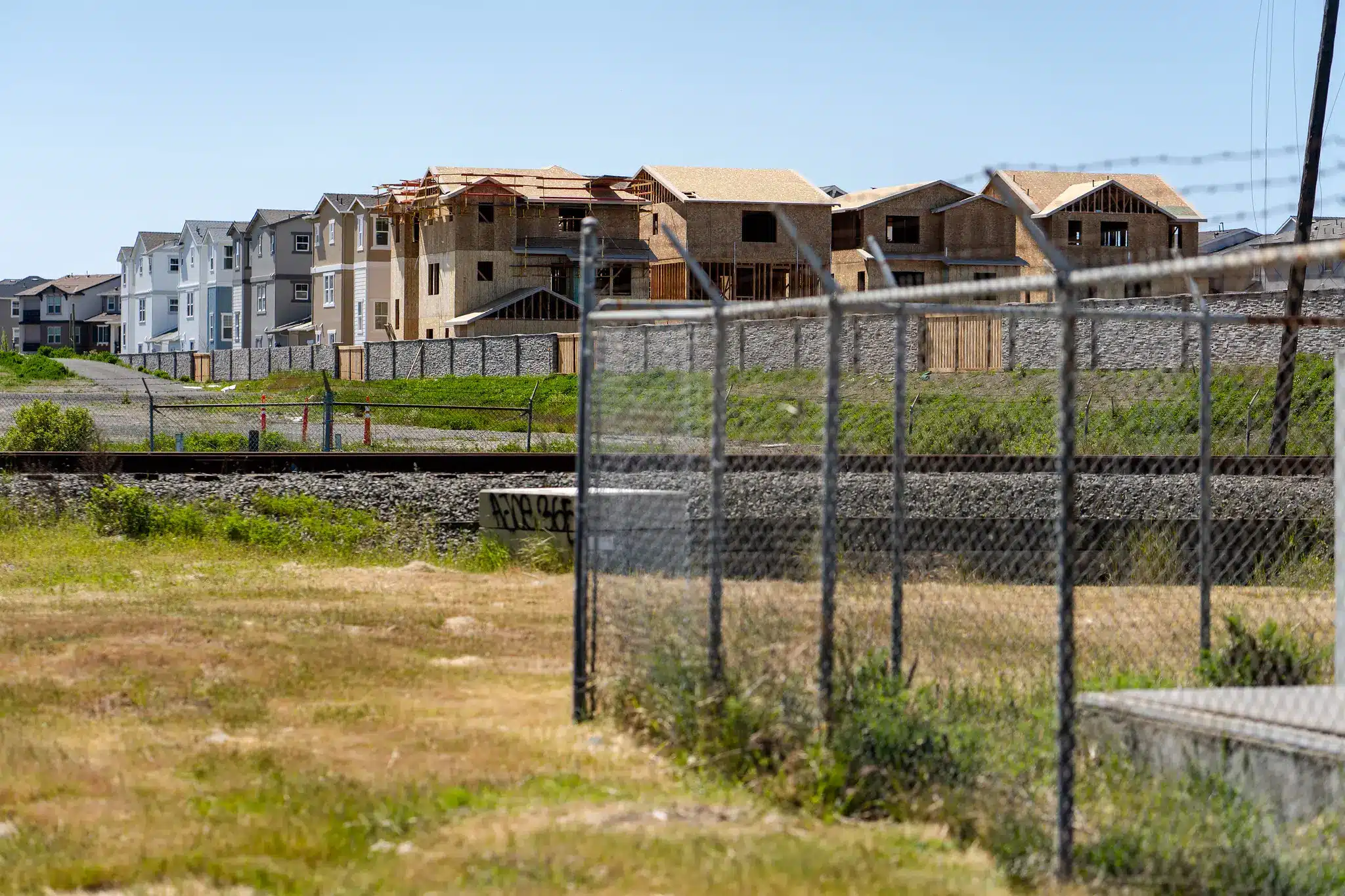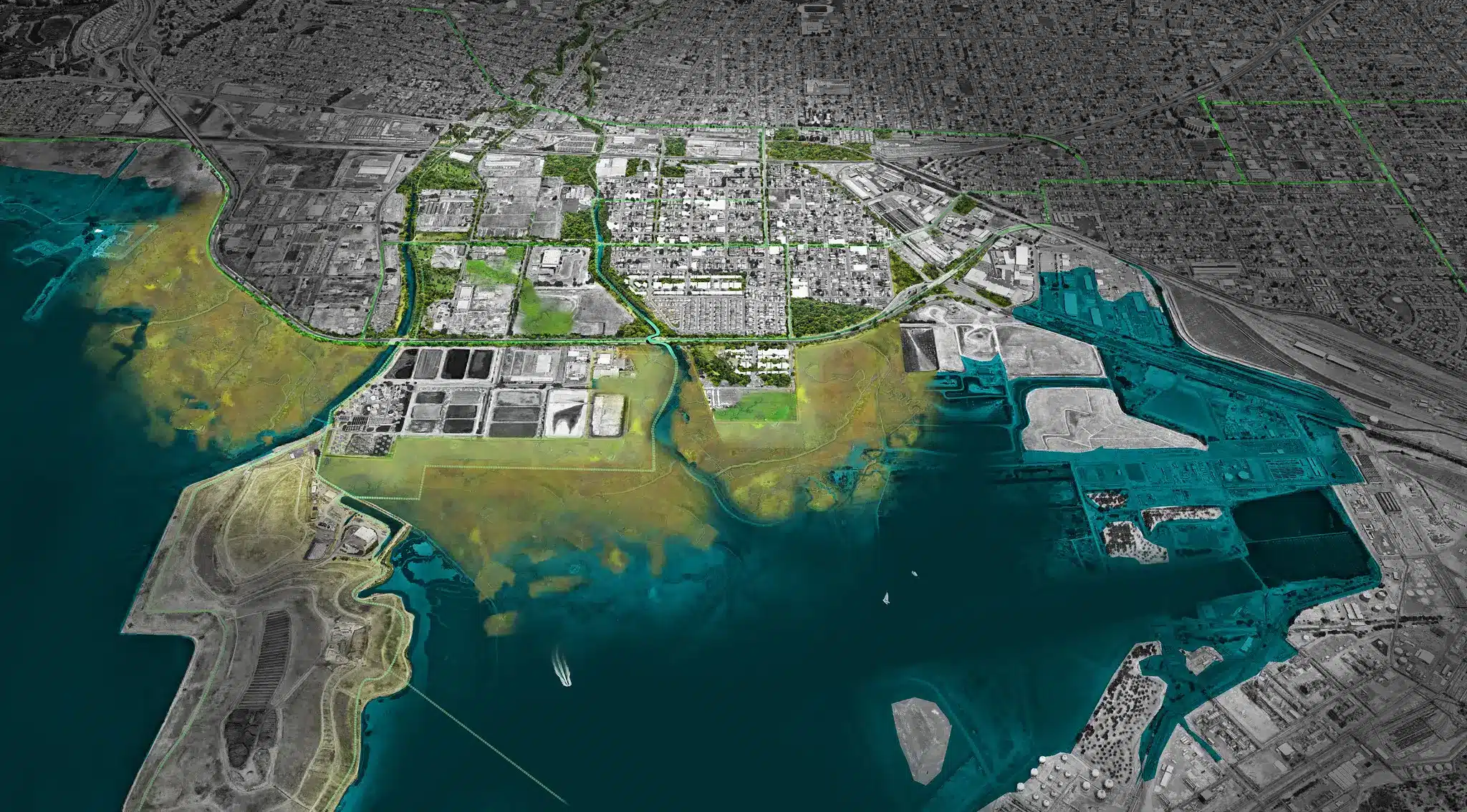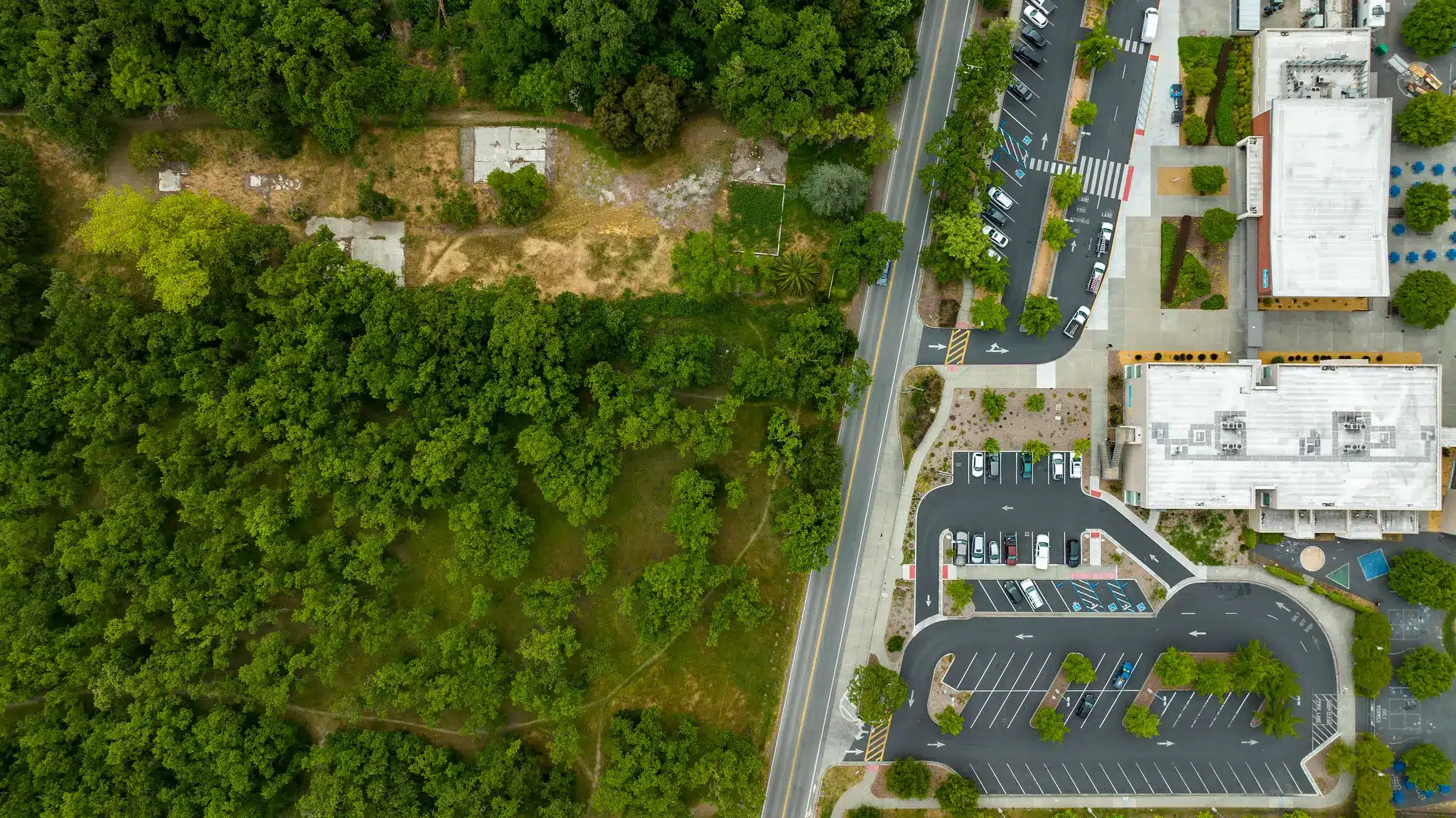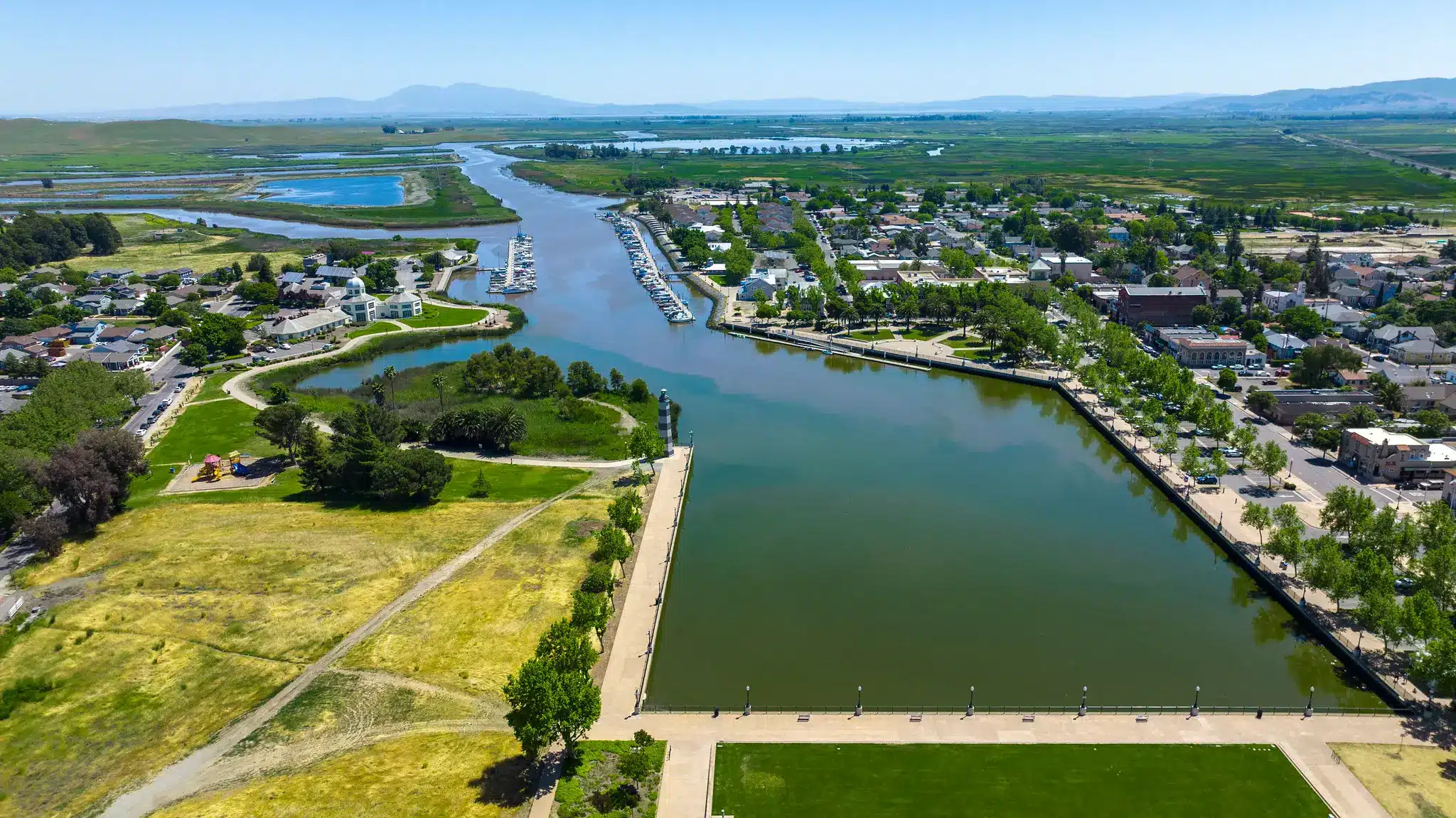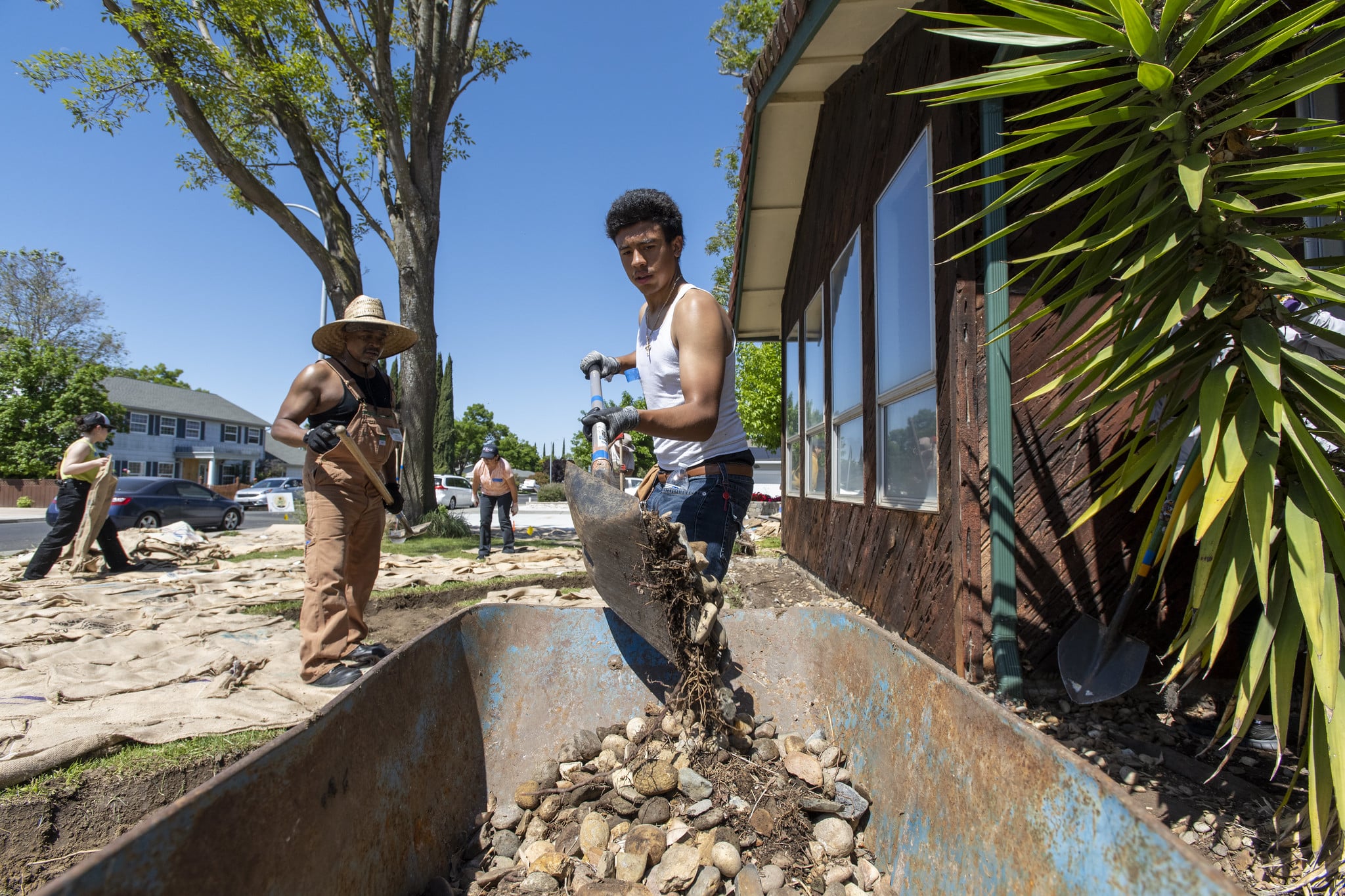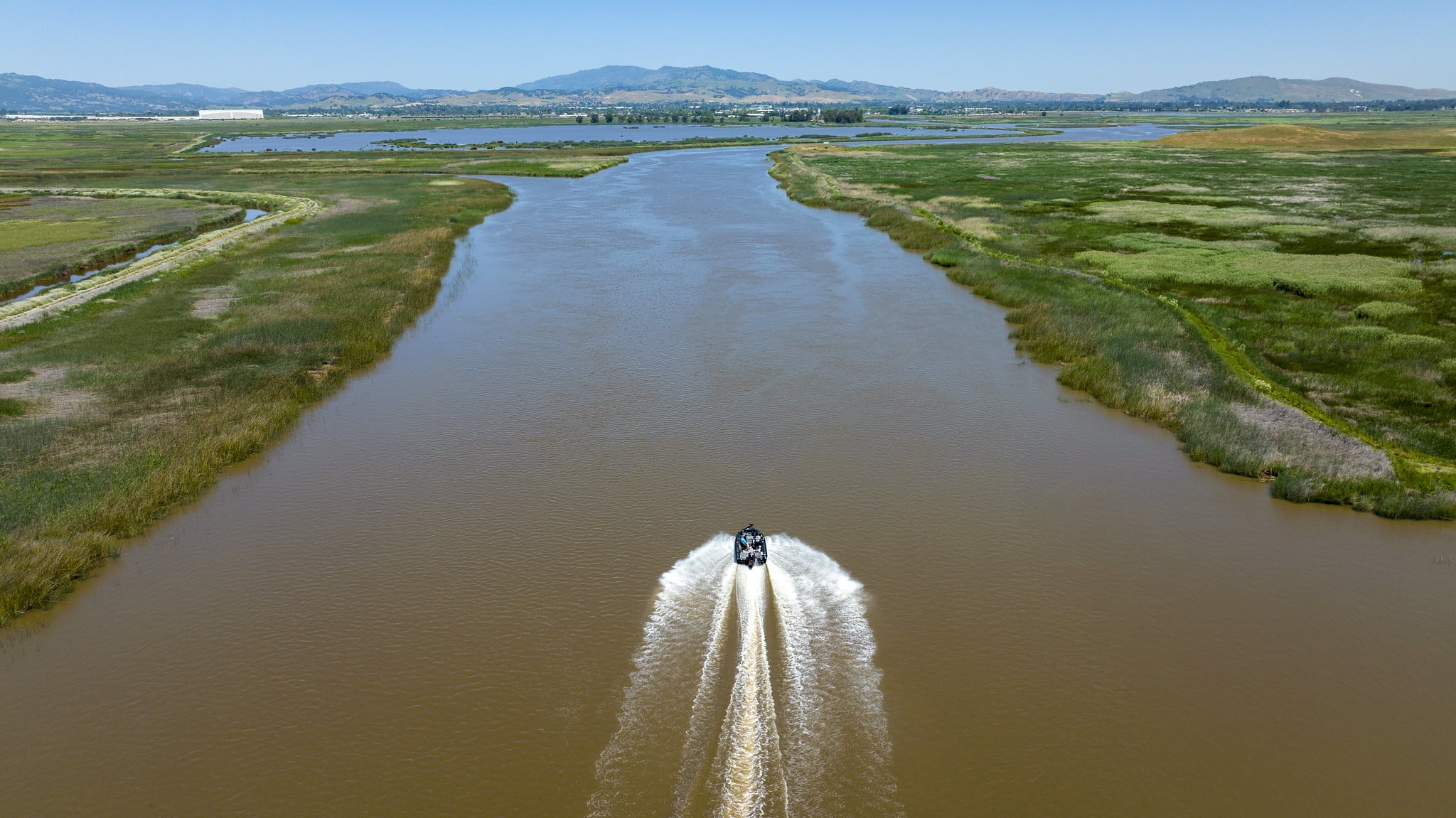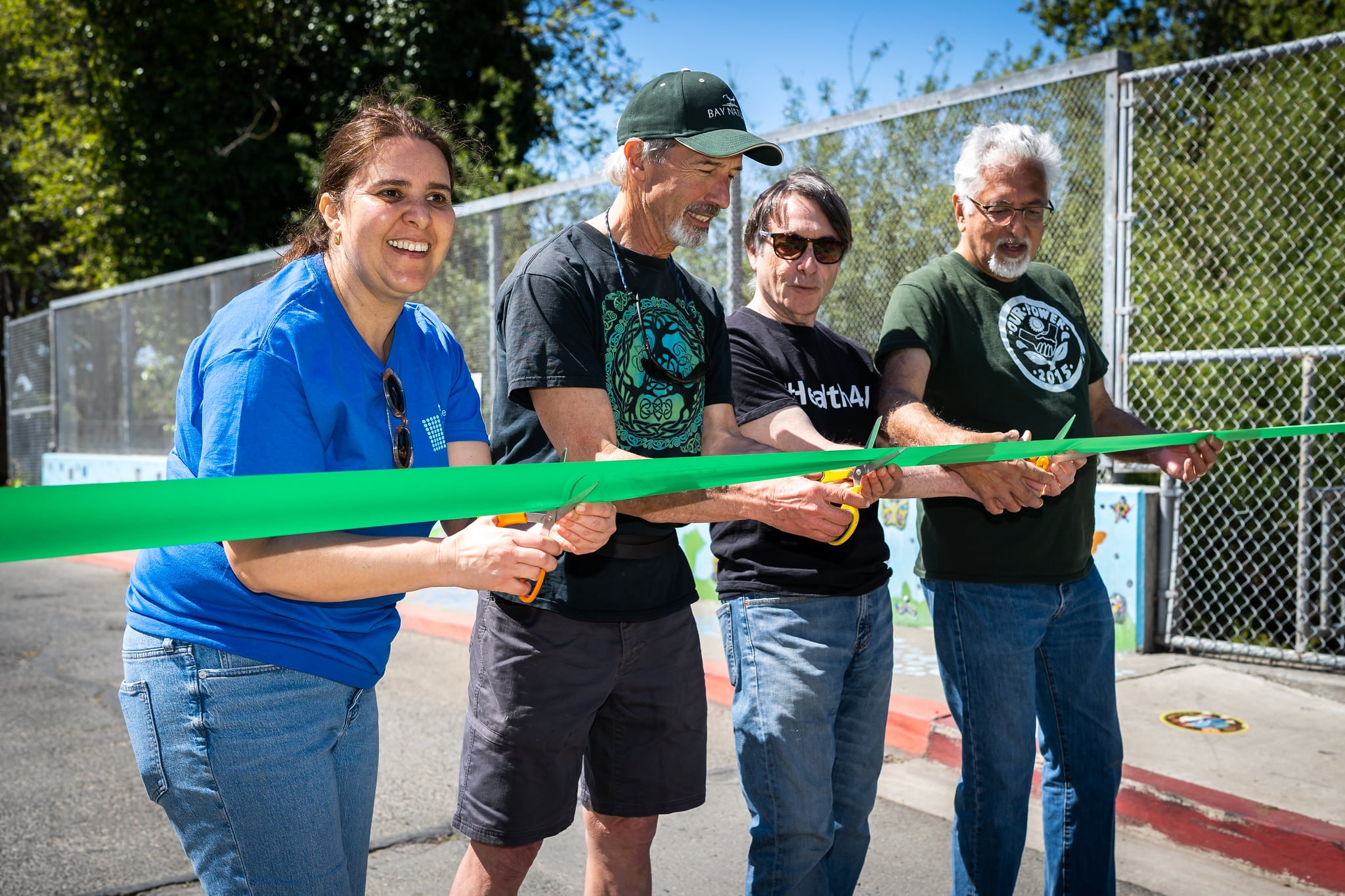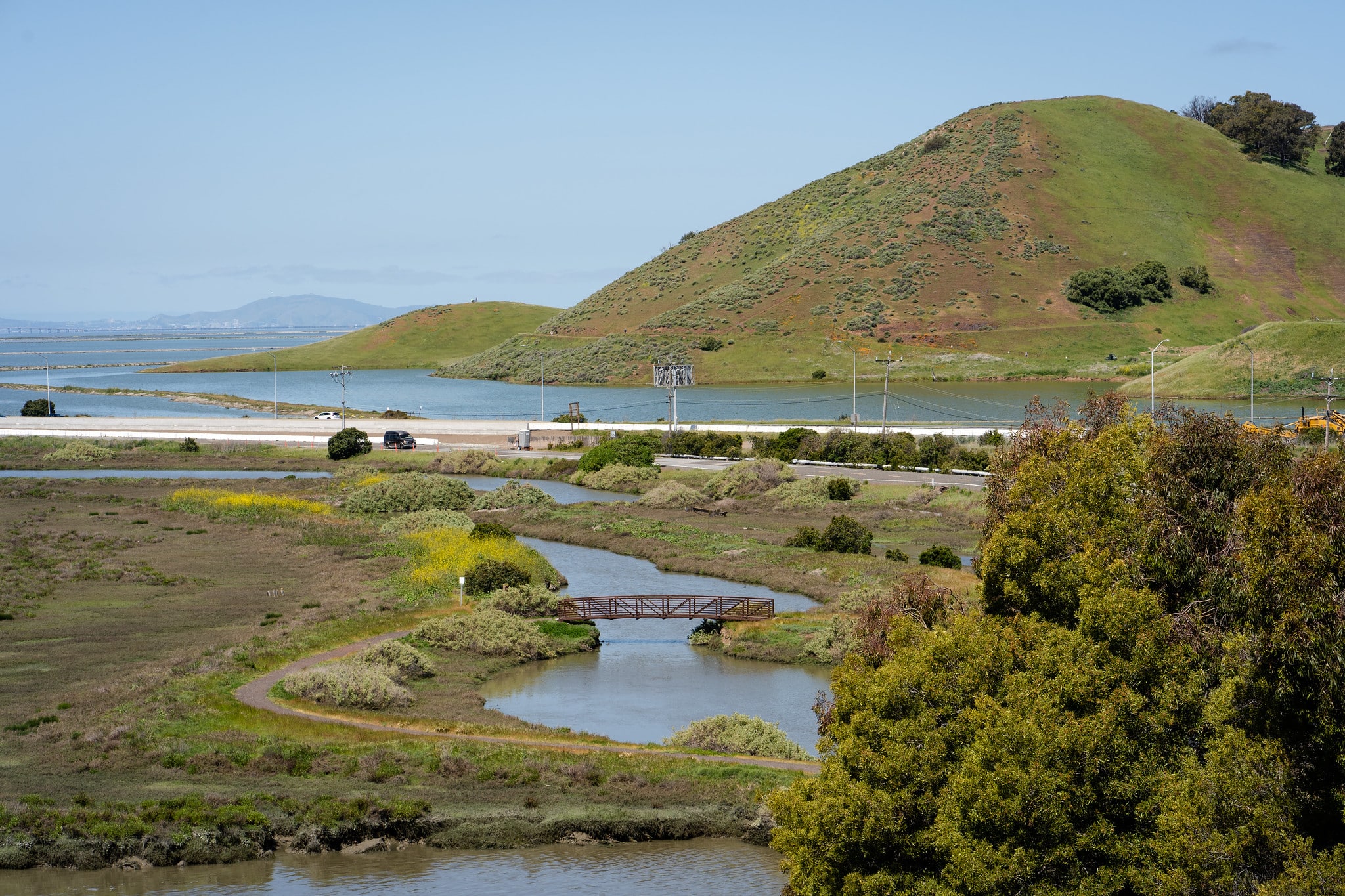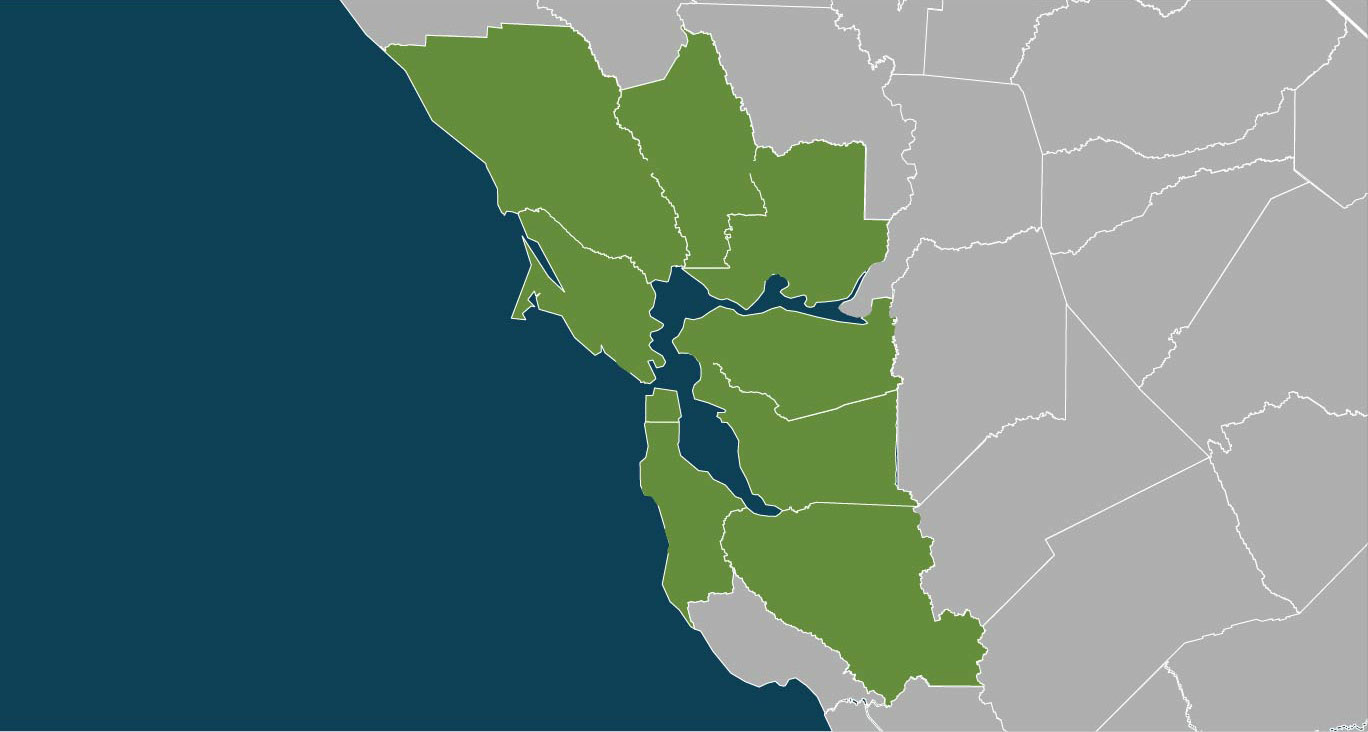
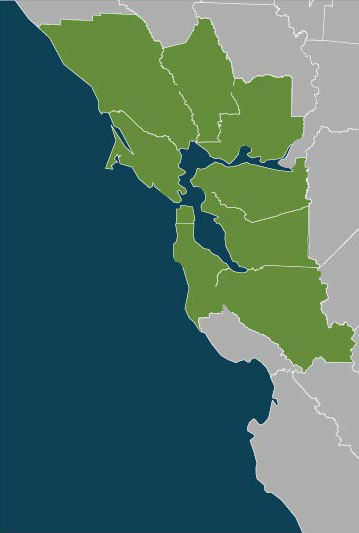
Explore the
Hotspots
These Resilience Hotspots were determined through an in-depth, data-driven, and community-informed process. Both physical features and socioeconomic factors were incorporated to consider opportunities for nature to play a role in mitigating the risks of wildfire, flooding, and extreme heat.
Click on a city to learn more ⮕
Where We’re Starting
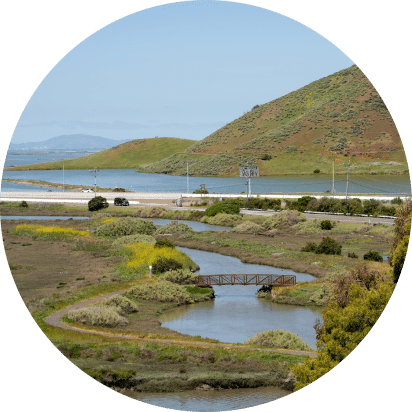
Newark in Alameda County
Turning the tide for inclusive growth and shoreline preservation. Read Community Profile
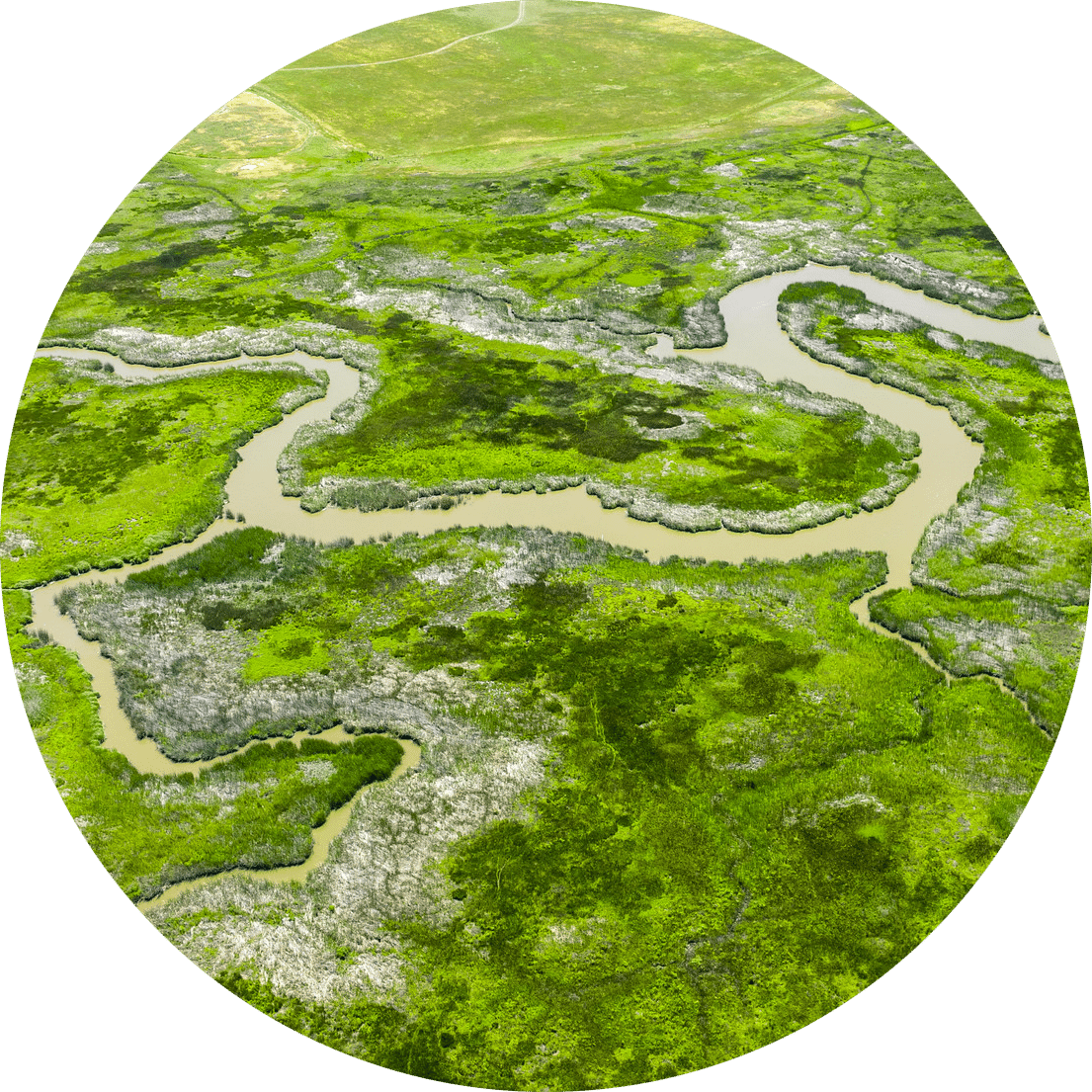
Suisun City in Solano County
Channeling community will to embrace nature-based climate solutions in an iconic marshland. Read Community Profile
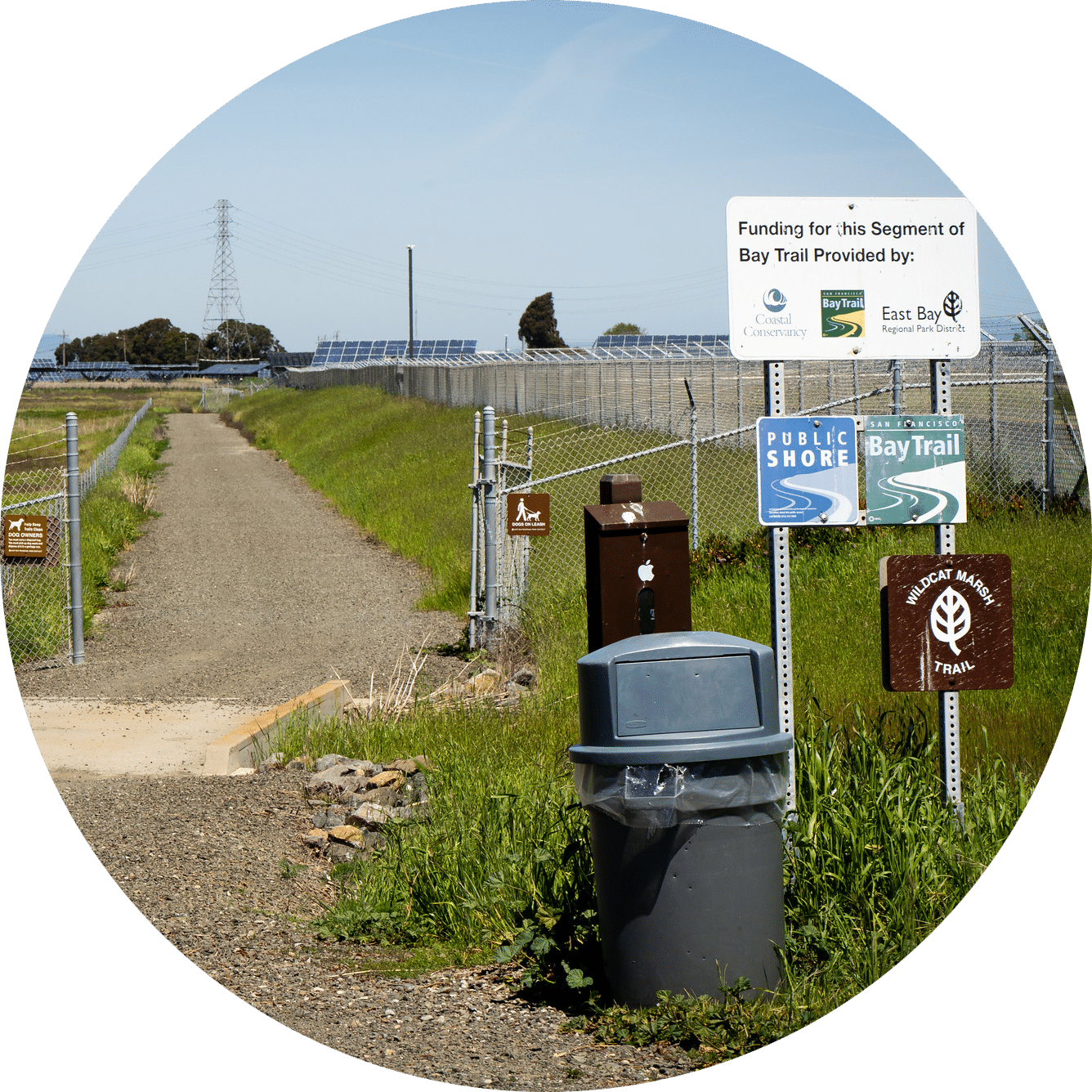
North Richmond in Contra Costa County
Leveraging nature to tackle social, political, and health inequities while reducing flood risk. Read Community Profile
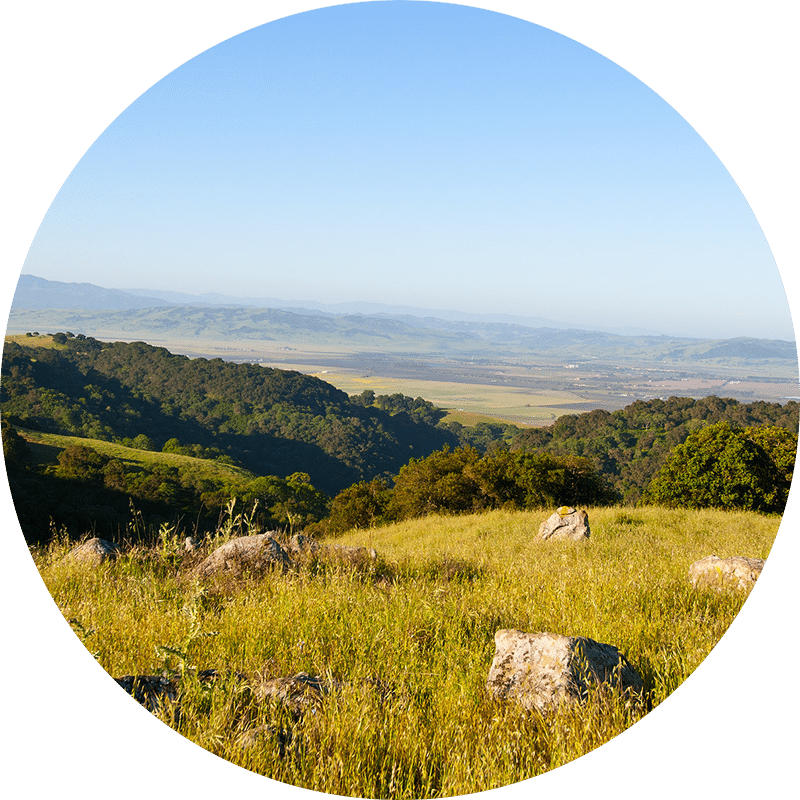
Gilroy in Santa Clara County
Empowering residents to advocate for resilience to wildfires, flooding, and heat. Read Community Profile
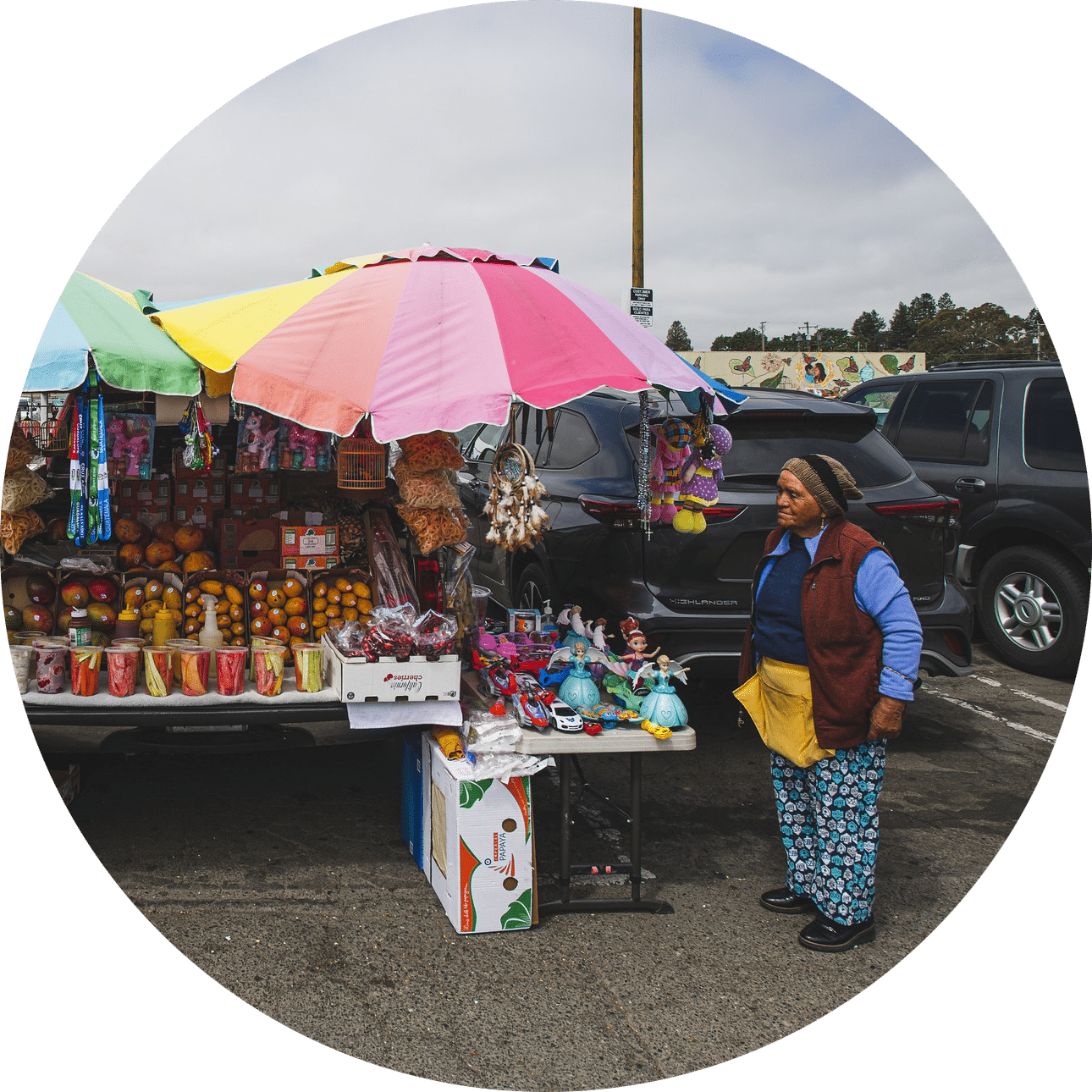
Southwest Santa Rosa in Sonoma County
Investing in equitable community leadership to build resilience to heat and wildfire risks. Read Community Profile
Bringing the Data to Life
Known for our land-use expertise and reports like At Risk: The Bay Area Greenbelt, Greenbelt Alliance has evolved our research to combine land-use data; conservation data; climate risk data for wildfires, flooding and extreme heat; indicators of the built environment; and socio-economic factors (including demographic data, environmental justice and housing history, and our original wildfire social vulnerability index. This analysis pointed us toward areas where there are lands in need of conservation and stewardship that also have potential to provide climate resilience benefits to nearby communities.
Climate adaptation and resilience must be tailored to specific communities and supported by strong local leadership. We have partnered with grassroots organizations, resident groups, city and county staff, and other key local stakeholders to develop a shared understanding of the key challenges and co-create opportunities for action and priority steps at each of our Hotspots.
